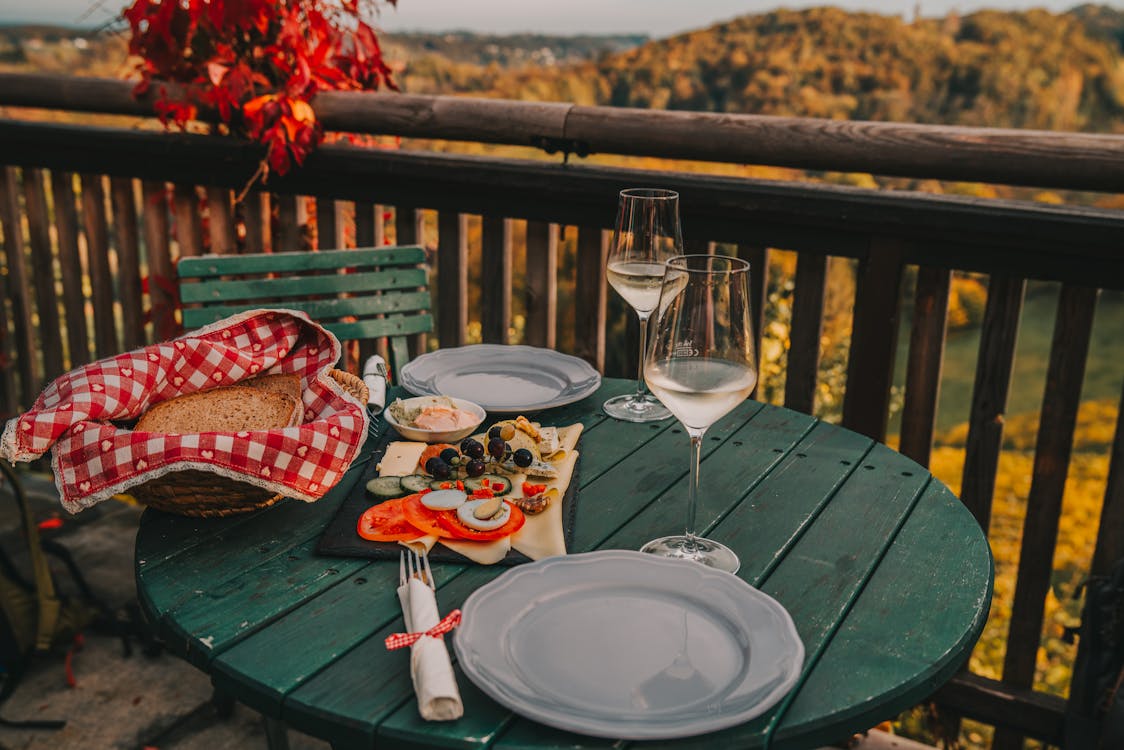
Rural gastro tourism has emerged as a popular strategy for regional development, promising economic benefits and cultural revitalization in rural areas. Inspired by the success of destinations like Tuscany and Provence, many regions aim to replicate this model to boost local economies. However, the realities of rural tourism are often more complex than the idyllic images suggest. A recent study by Gusztáv Nemes and Kyra Tomay delves into these complexities, exploring the contrasting “split realities” of rural tourism through case studies of two Hungarian villages.
Rural Tourism and Gentrification: Boon or Bane?
Rural tourism is frequently promoted as a solution to socioeconomic challenges such as depopulation, unemployment, and declining local services. Gastro tourism, in particular, taps into the growing demand for authentic culinary experiences, attracting visitors eager to enjoy local delicacies in picturesque settings. This influx can lead to increased investment in infrastructure, services, and food production.
However, the rapid growth of tourism can also bring unintended consequences. The phenomenon of rural gentrification occurs when wealthier urbanites purchase property, establish tourism businesses, and reshape the social and cultural landscape of rural communities. This process often results in rising property prices, displacement of local residents, and a disconnect between the needs of tourists and those of the indigenous population.
Split Realities: Tourists’ Perceptions vs. Local Experiences
Nemes and Tomay introduce the concept of “split realities” to describe the contrasting experiences of tourists and local residents. On the surface, the success of gastro tourism is evident—high-end restaurants, wineries, and guesthouses attract visitors and generate revenue, transforming small villages into thriving destinations.
Behind this facade, local residents may face a different reality. Many rural villages continue to struggle with depopulation, aging populations, and limited job opportunities. While tourists enjoy a curated experience of rural charm, locals often find it challenging to integrate into the booming tourism economy. Profits and opportunities are frequently dominated by urban newcomers, leaving long-standing residents marginalized.
Case Studies: Oldstone and Grapevine
The researchers examine two Hungarian villages—referred to as Oldstone and Grapevine—to illustrate these dynamics. Both have experienced significant growth in gastro tourism, becoming known for fine dining and wine. High-end establishments have transformed these villages into sought-after destinations.
In Oldstone, the influx of wealthy investors, not actually living in the village, just running HORECA businesses, has led to soaring property prices, making it difficult for local residents to remain. The economy is largely controlled by newcomers who cater primarily to tourists, resulting in displacement and a loss of community identity.
In contrast, Grapevine presents a more collaborative model. Here newcomers are lifestyle migrants, who actually moved to the village. While tourism has reshaped local life, there is a stronger partnership between locals and gentrifiers. Efforts have been made to integrate the tourism economy with the local community, allowing for shared benefits and a more cohesive social fabric.
Navigating the Double-Edged Sword of Tourism
Nemes and Tomay argue that rural tourism, despite its potential benefits, can exacerbate existing inequalities and introduce new forms of exclusion. They caution against viewing tourism as a one-size-fits-all solution for rural development. Instead, they advocate for a more nuanced approach that balances growth with the needs of local residents.
The study highlights the importance of neo-endogenous development—a model that is locally driven but outward-looking. This approach emphasizes community involvement in shaping tourism strategies, ensuring that development is sustainable and benefits are equitably distributed. By prioritizing local participation, rural areas can avoid the pitfalls of unchecked tourism growth.
Conclusion: Toward Inclusive and Sustainable Tourism
As rural regions worldwide look to tourism for revitalization, the experiences of Oldstone and Grapevine offer valuable lessons. Gastro tourism can bring economic gains and cultural renewal, but it must be managed thoughtfully to prevent social and economic disparities.
Recognizing the “split realities” between tourists and locals is crucial. Policymakers and community leaders should collaborate to develop tourism models that are inclusive and sustainable, fostering long-term resilience in rural areas. By doing so, rural gastro tourism can serve as a catalyst for positive change rather than a source of division.
Nemes, G., & Tomay, K. (2024). Split realities–dilemmas for rural/gastro tourism in territorial development. Regional Studies, 1-10.
https://doi.org/10.1080/00343404.2022.2084059


